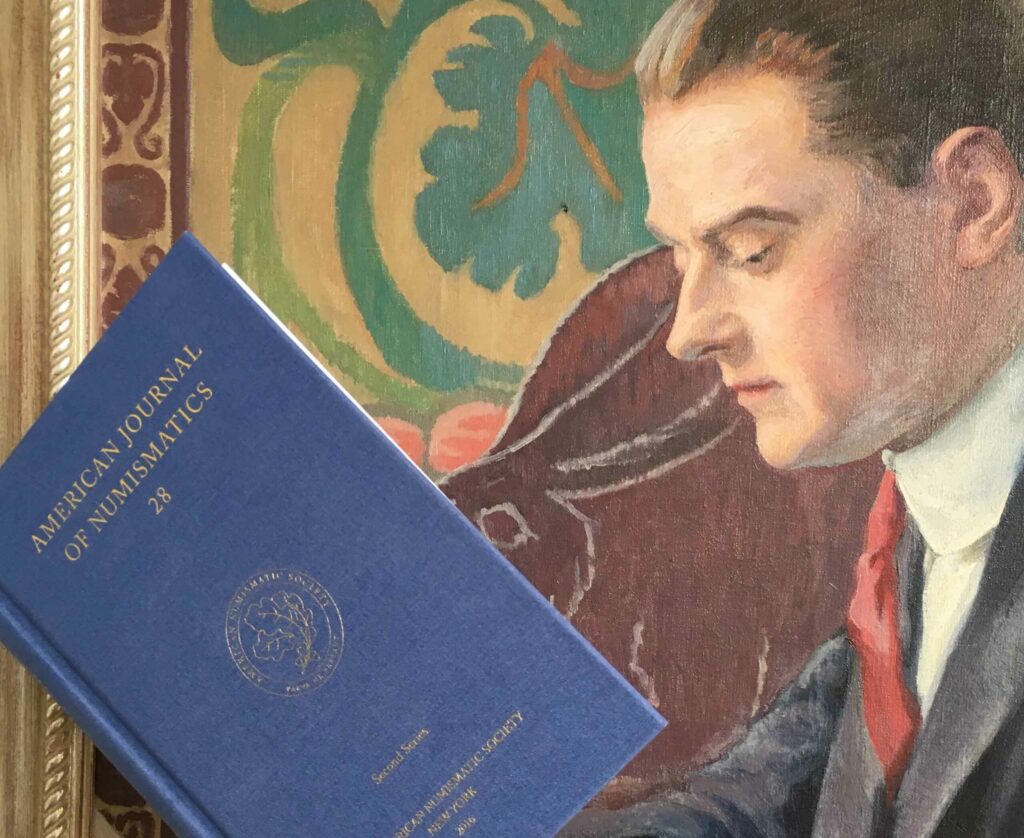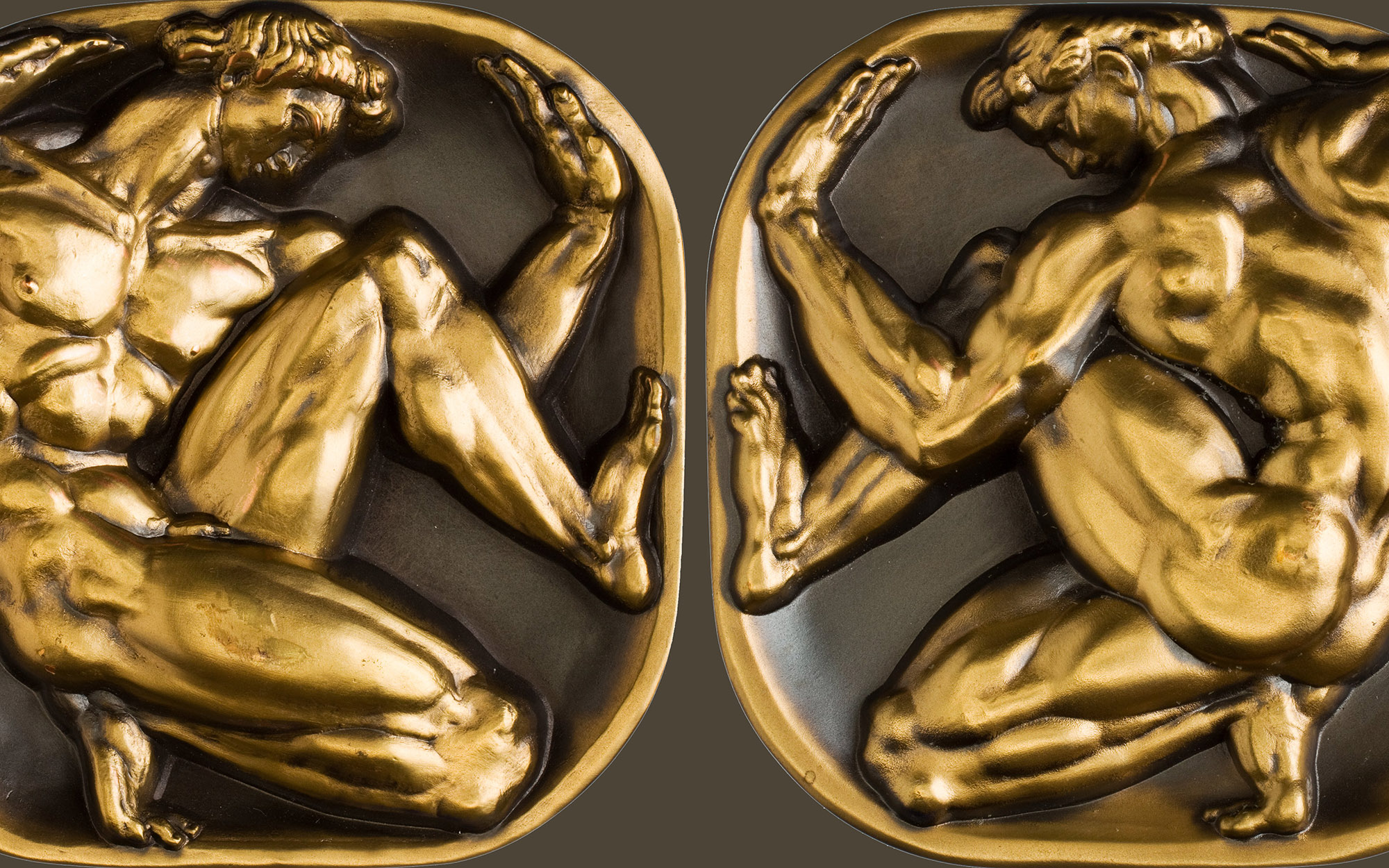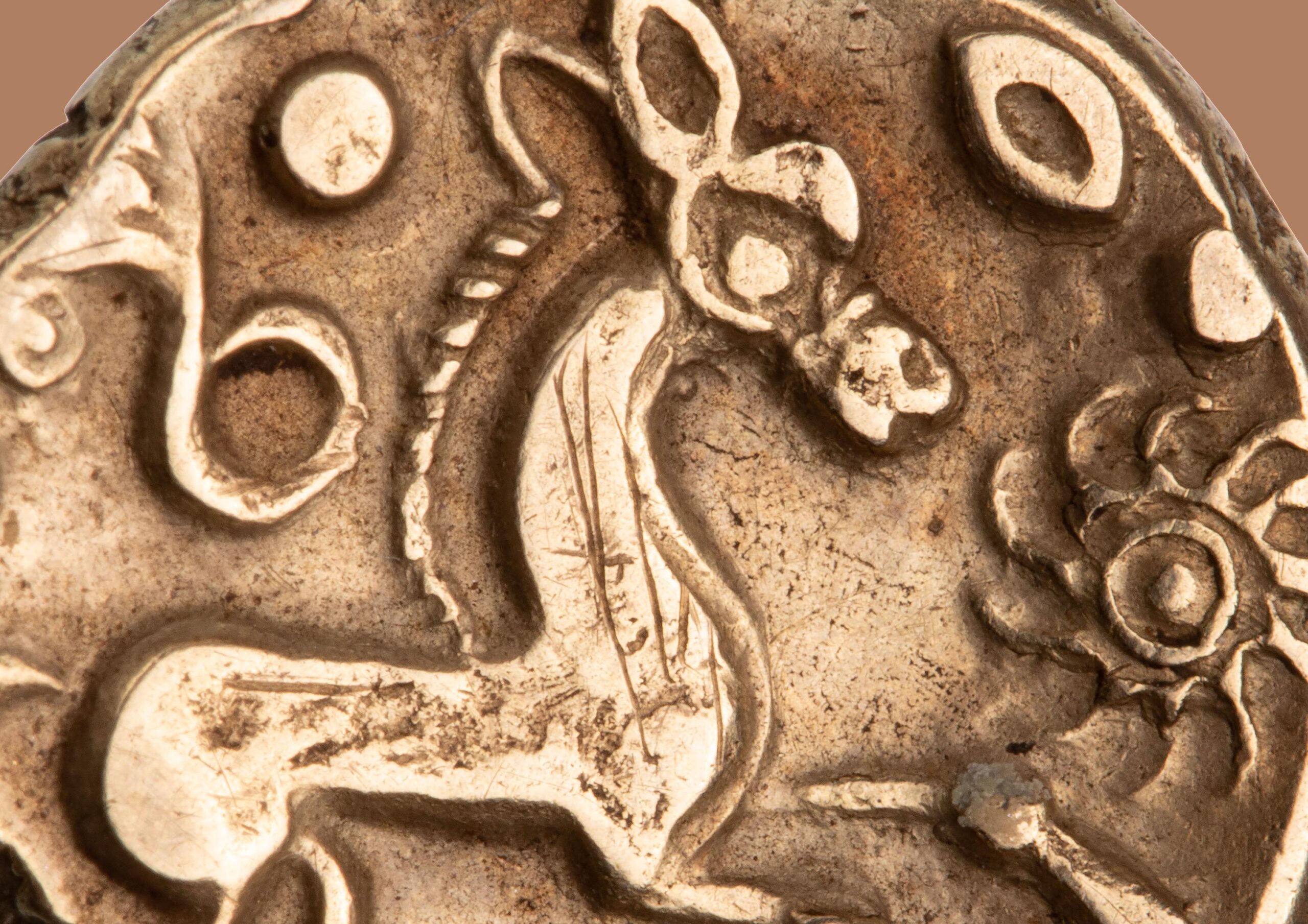Numismatic Research and Peer Review
November 29, 2022

Numismatics is a rich and diverse topic, which attracts both popular interest and that of historians seeking to understand the past. The number of numismatic periodicals is multitude and ranges from blogs, collector newsletters, print and online magazines, and to academic journals. Each venue has different sets of standards for publication and serves different functions. A key factor that sets well-respected academic numismatic journals apart is the peer-review process, which journals in the sciences and humanities also employ. The reason that scholarly presses and periodicals use peer review is because such venues seek to advance knowledge and conversation in the field. The presentation of information or the simple collection of facts is insufficient; it is how the information and research are put together and analyzed to advance knowledge and understanding that is of critical importance.
In its most basic sense, peer review involves the selection of expert reviewers to read and critically evaluate a work before it is published. Reviewers are asked to remark on the merits of the manuscript, the soundness of methodology and interpretation, the novelty and level of contribution to scholarship, and to point out any errors of fact or shortcomings in the approach, analysis, bibliographical exploration, and so on. They are usually asked also to give a clear verdict, such as “reject,” “revise and resubmit,” “accept with revisions,” or “accept” in addition to the narrative report.
Editors of scholarly journals and book presses are keen to select reviewers who are especially conversant with the particular topic of the submitted manuscript, so as to get the highest quality feedback and assessment as possible. For example, this means that an editor would seek a different set of reviewers for an article publishing fourth-century CE excavation coins from Jordan than one would for a die study of Hadrianic aurei, a metallurgical analysis of cistophori, a technical study on the production of Connecticut coppers, or for a manuscript on religious symbols on Seleucid coins. Reviewers are, therefore, generally recognized authorities in their specific corner(s) of numismatic research, as established by their own track-record of peer-reviewed publications and sustained scholarship in particular areas. In numismatics and other historical disciplines, typically two or three peer reviewers assess any manuscript. A good peer-review process is usually double-blind, where the author’s identity is shielded from the peer reviewer and vice-versa.
Of course, peer reviewers are human. They can make mistakes and personal biases can sometimes color their assessments (something that the double-blind process seeks to mitigate). Editors selecting reviewers must balance the need to identify reviewers who are expert in specific topics with that scholar’s own preferential approaches and favored interpretations. For example, it may well be that a manuscript challenging a traditional interpretation with new evidence is sent to an expert who is particularly committed to interpretations from which the manuscript diverges (or even advanced them). Many, if not most, scholars can objectively assess the merits of arguments that contradict their own, but an editor has to be mindful of the potential prejudice in peer-review reports and temper it as needed. But unless one peer reviewer is clearly an outlier, an editor must also thoughtfully rely on the recommendations of reviewers as experts in their field to protect the integrity and reputation of institutions publishing the work and the authors.
While the peer-review process is imperfect, it is an important part of scholarly publication and is critical in maintaining rigor in the intellectual discourse. Some for-profit publishers have abandoned peer review, or greatly diluted the rigor of the peer-review process to the point of superficiality, and as a result publish low-quality content with flimsy methods and simplistic interpretations. One of the more egregious examples is that some predatory for-profit publishers who purport to conduct peer review send manuscripts to referees who have little or no qualifications in the subjects they are reviewing (I and other colleagues in ancient history and archaeology are often spammed weekly with invitations to review articles in subjects such as physics or biology by such venues, and colleagues in the sciences are similarly targeted by them to review manuscripts far outside their areas of advanced training and experience). Even if a for-profit publisher has a peer-review process, not only does it often differ from the traditional model in not-for-profit academic publishing, the for-profit model itself can incentivize a less rigorous process, as more published works equals more fees charged to authors and subscribers and, therefore, more income.
This is dangerous for multiple reasons. One is that it damages authors, especially early career scholars and graduate students desperate for quick and easy publications on their CVs. Hiring committees at universities, museums, and research institutions can distinguish between vanity and pay-to-play presses, and peer-reviewed and non-peer reviewed journals, and understand the differences in rigor and standards. And as much as we hate taking criticism, which rigorous peer review forces us to do, and balk at the occasional snark that is sometimes present in peer-review reports, the truth is that peer reviewers almost always have good advice for improving a work, and even seasoned scholars benefit from the feedback imparted by peer reviewers. In my experience as an editor, peer reviewer, and an author, some level of revisions is standard for any manuscript prior to publication, and very rarely is something accepted and published as it was submitted. Oftentimes, peer reviewers save authors from some potentially embarrassing errors or oversights.
Scholarship not seriously vetted by expert peers and published without the recommendation of quality referees also damages the field, as journal publications and books are how new knowledge is disseminated to colleagues and the interested public. It is very difficult for students and the public to distinguish between what is sound and vetted research versus what is not, as the imprimatur of a journal or a press signals legitimacy, even if there is little quality control behind it, which is why rigorous peer review is so essential.
The American Numismatic Society is a leading publisher of critical numismatic scholarship through its prominent monograph series and internationally recognized journals, the American Journal of Numismatics (AJN) and Journal of Early American Numismatics (JEAN). Our cadre of peer reviewers helps us to maintain high standards and protect the integrity of our publications program in the advancement of numismatic scholarship, and we and our authors owe them a debt of thanks.




